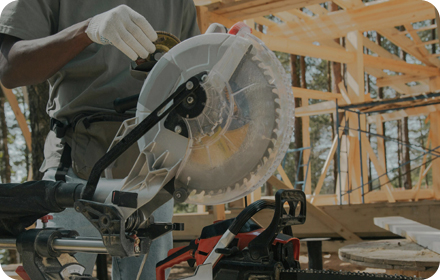1.wet cutting-insufficient water.
2.Saw head misaligned.
3.Equipment defective.
1.The blade is too hard the material being cut.
2.Peripheral speed of the blade is excessive .
1.Make sure that blade specification has offset segments to assist removal of the slurry from the cut .
2.Make sure that the blade is not acting below the asphalt into the sub-base. Constant rubbing of the loose material causes premature wear and has no beneficial effect on the cut surface.
3.Make sure that the water supply is correct as increased water flow will wash slurry from the contact area and reduce undercutting.
1.Blade has twisted or jammed in the cut because the material was not held firmly.
2.Machine has been twisted or turned while is in the cut.
3.Blade core has undercut due to cutting below the asphalt into the sub-base.
4.Blade is too hard for the material cut, resulting in the blade hammering in the cut.
5.Blade is deflected in the cut due to the blade flanges being worn or deformed and failing to provide proper support.
6.Inadequate water supply.
1.Blade shaft is bent or grooved, bearings failed. Blade out of tension.
2.Incorrect blade speed.
3.Blade is bent.


